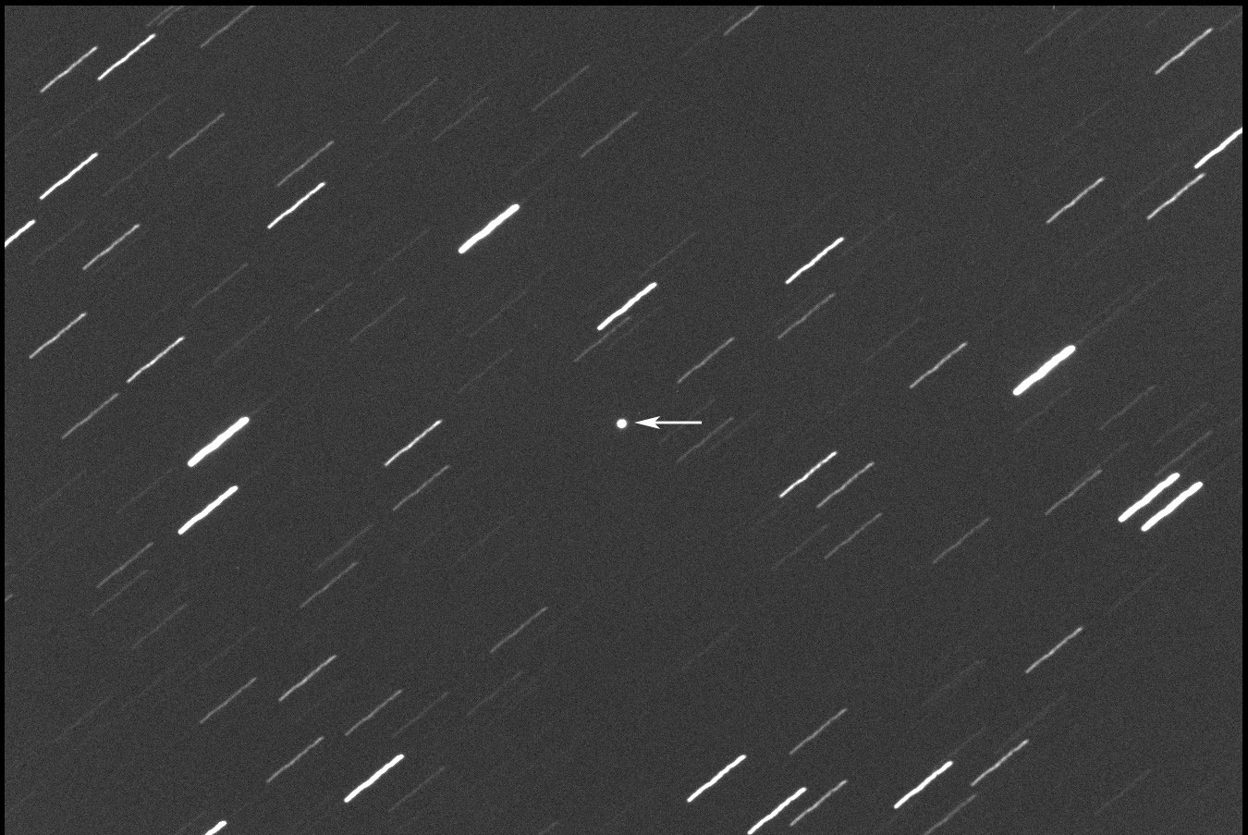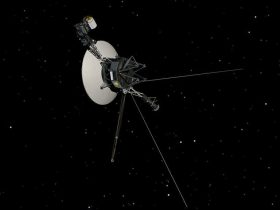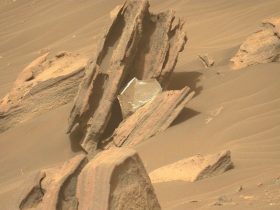It is extraordinarily unlikely {that a} colossal house rock will slam into Earth within the coming centuries, and past.
NASA, nonetheless, is vigilantly watching the skies for any near-Earth objects which may threaten our planet, whether or not on a small, regional, or planetary scale. Asteroids, usually small, commonly whizz by Earth — which in house phrases nonetheless means just a few million miles away. On Could 27, the house company lists a “shut strategy” for a 1.1-mile-wide asteroid labeled “7335 (1989 JA).” It is going to cross us at a distance of about 2.5 million miles.
It is not a menace to Earth. If it had been, NASA would situation an official warning to the White Home and different authorities businesses — which is one thing the house company has by no means wanted to do.
But by way of telescopes, the sizable asteroid is already fairly seen within the night time sky. The Digital Telescope Venture — an academic and analysis astronomy endeavor that always shares photos of passing objects — simply captured a picture of (7335) 1989 JA because it traveled nearer to Earth. “The possibly hazardous asteroid (7335) 1989 JA is nearly at its protected, minimal distance from us, being now very shiny,” Italian astronomer Gianluca Masi, who heads the challenge, wrote on-line. (Close to-Earth objects are people who cross about 30 million miles from Earth’s orbit; a “probably hazardous object” will get inside 5 million miles.)
Like most objects large or shiny sufficient to be seen from hundreds of thousands of miles away, (7335) 1989 JA seems as a shiny dot in opposition to the background of stars. Within the picture under from Could 23, the rock is a few 3.6 million miles away.


Learn extra about house rocks and asteroids at Mashable:
- How scientists discover the large asteroids that may threaten Earth
- If a scary asteroid will really strike Earth, this is how you will know
- The mega-comet hurtling by way of our photo voltaic system is 85, sure 85, miles huge
Climate allowing, The Digital Telescope Venture can even livestream the passing asteroid on Could 26 and 27.
NASA is presently on the hunt for asteroids which might be significantly smaller than a mile-wide behemoth, however can nonetheless pose a serious menace to populated areas. Congress has directed NASA to search out 90 p.c of the near-Earth objects 460 toes (140 meters) huge or bigger, although even a rock some 100 to 170 toes throughout can devastate a spot like Kansas Metropolis. That is why NASA-funded telescopes are repeatedly on the lookout for potentially-threatening rocks of all sizes.
If astronomers discover them, then we are able to put together and transfer out of the best way if an influence turns into imminent. “You might want to know what’s coming, when it is coming, and the way laborious it may hit,” Eric Christensen, the director of the NEO-seeking Catalina Sky Survey in Arizona, just lately informed Mashable.
And if humanity has years of discover, someday we simply may be capable to nudge a future asteroid away from our planet.
Observe Mashable SEA on Fb, Twitter, Instagram, YouTube, and Telegram.











